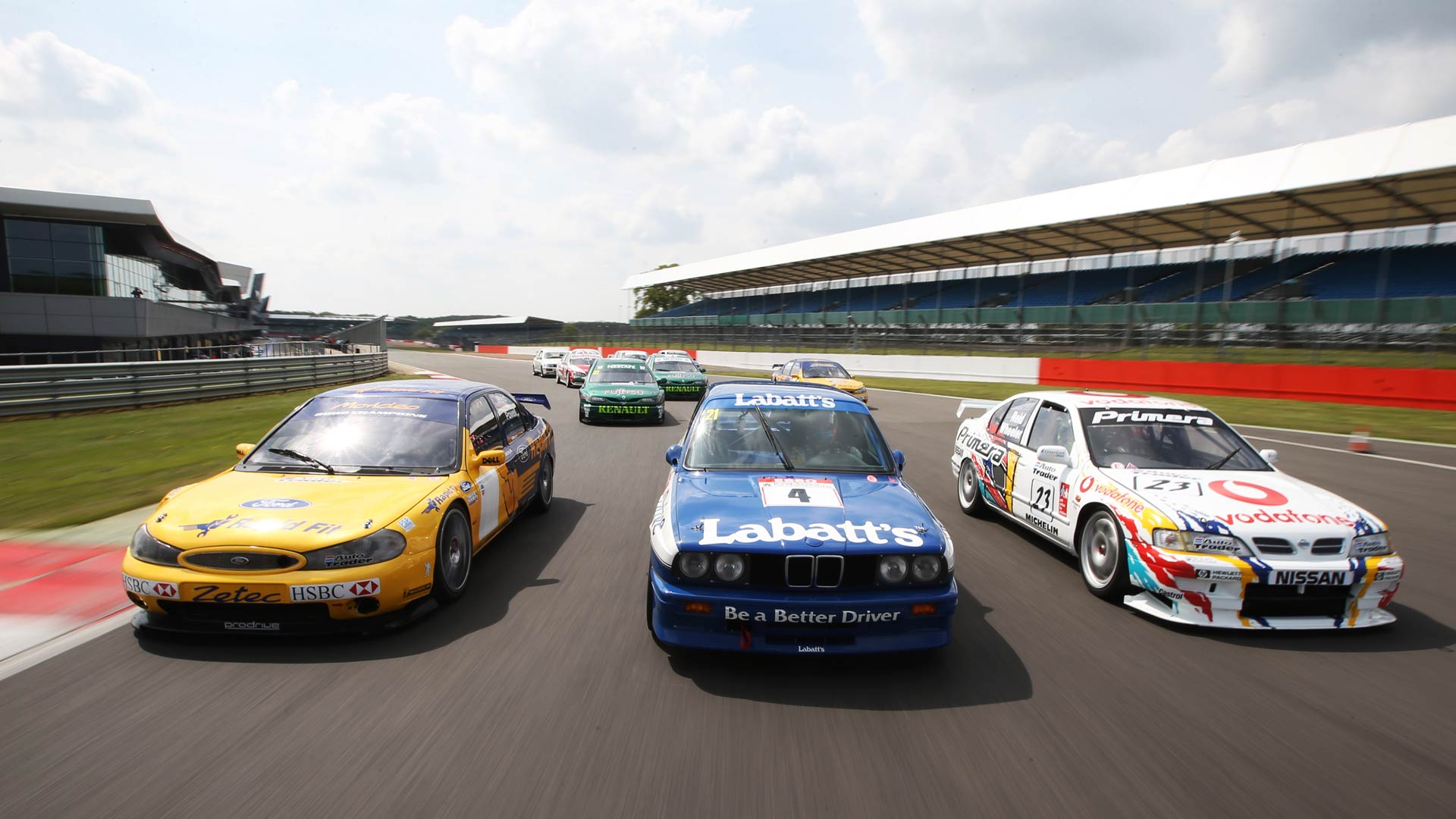
After months of delay due to COVID-19, the 2020 British Touring Car Championship (BTCC) is back in action. To celebrate, we have tracked down some of the most impressive, significant, or downright notorious cars to have featured.
To stick with the retro theme, we have only covered cars used up until the end of the year 2000. However, this includes some of the most exciting BTCC eras of all time, meaning there is no shortage of impressive machinery.
Austin A105
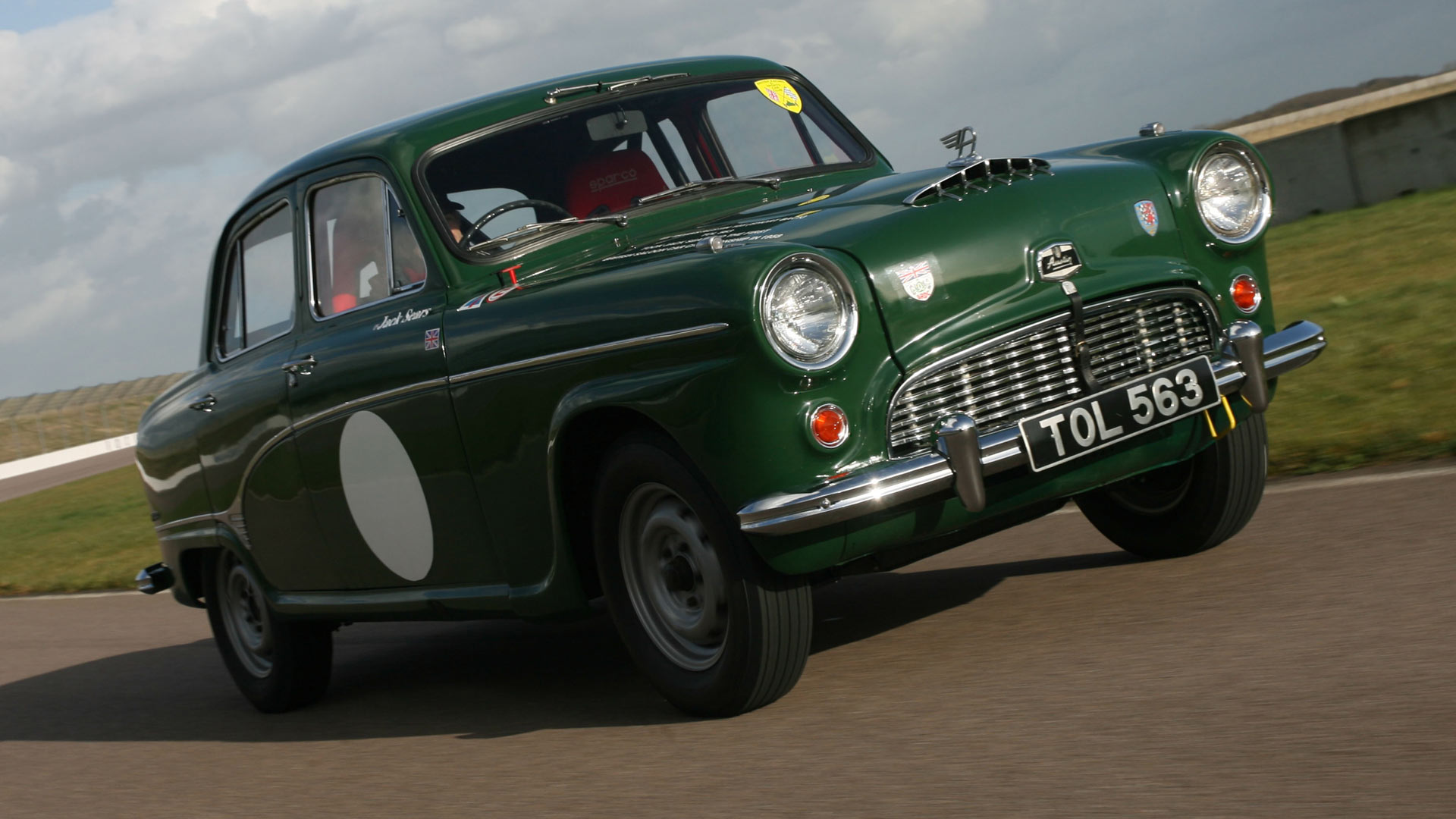
Originally known as the British Saloon Car Championship (BSCC), 1958 marked the debut season for the production-based series. Saloon car racing had proved popular in the early 1950s, but no national competition had existed.
WIth cars split into four classes dependent on engine size, and points awarded for class performance, any driver could win the title. Jack Sears would take the inaugural championship, driving an Austin A105 Westminster.
The 2.6-litre engine placed it in Class C, with Sears taking eight class wins throughout the season. Tied on points with Tommy Sopwith, Sears took the title in a head-to-head showdown.
Ford Galaxie
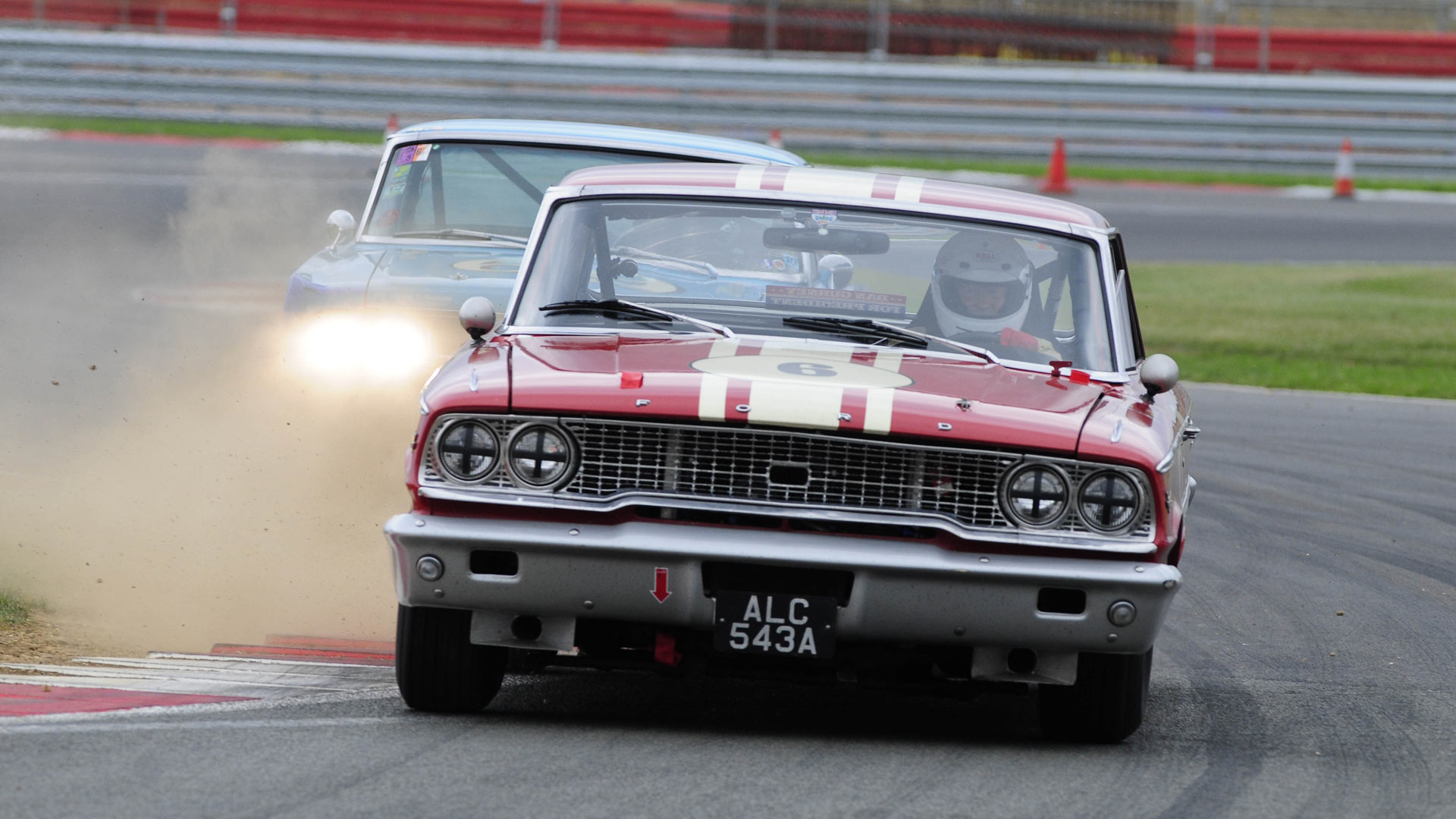
Changes in 1961 saw the BSCC switch to FIA Group 2 regulations. Although the separate classes would continue, the new rules saw an influx of American metal. It meant diminutive Mini Coopers squaring up to gigantic muscle cars like the Ford Galaxie.
Powered by a 427-cubic inch (7.0-litre) V8 engine, the Galaxie competed in the top Class D category. Jack Sears would take his second BSCC title in 1963, having taken two class victories behind the wheel of the big Ford.
Sears would also drive other Fords on this route to glory, but the Galaxie would make the biggest impact on spectators.
Ford Lotus Cortina
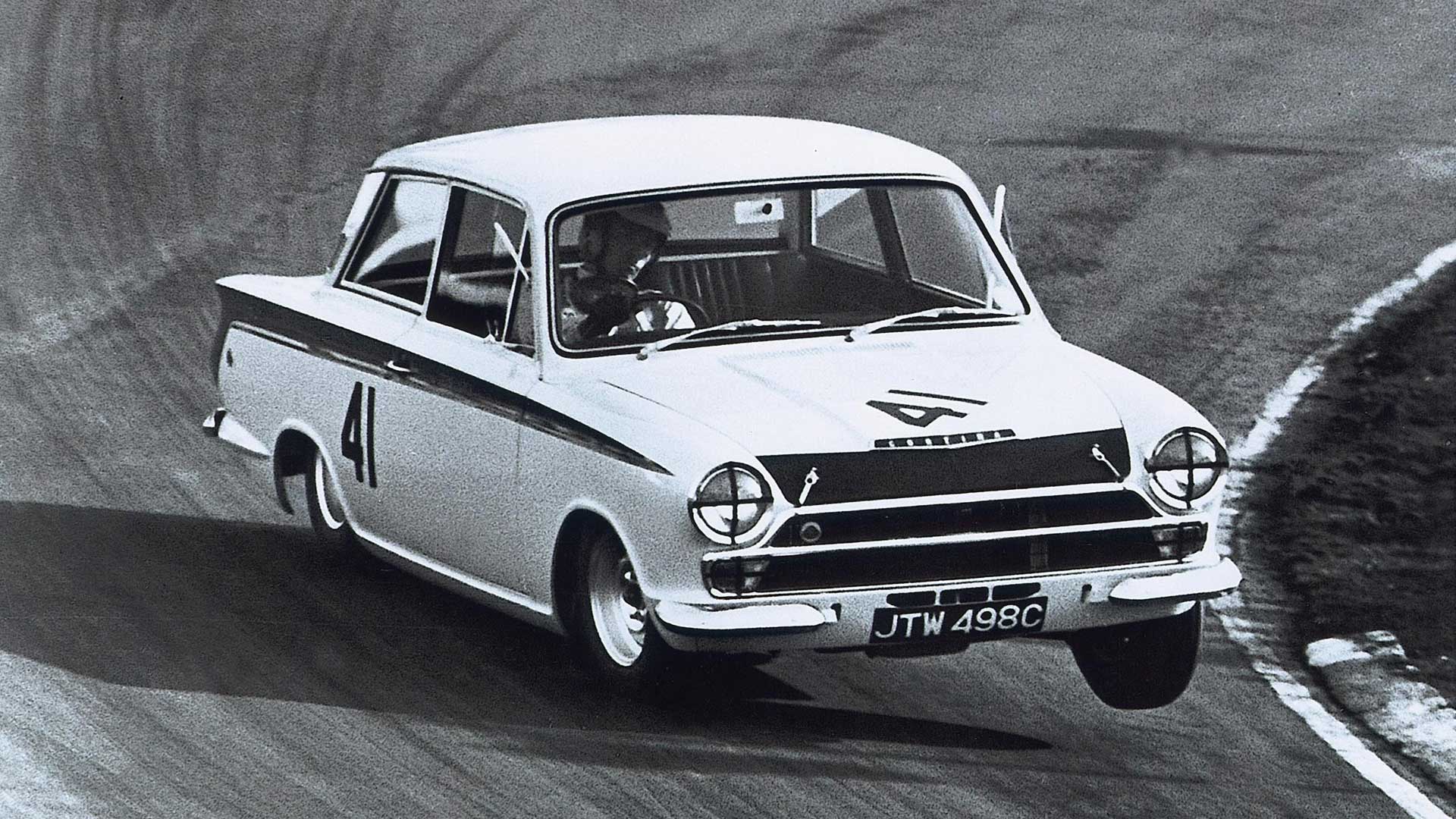
One of the other Fords driven by Jack Sears in 1963 was the Lotus Cortina. Yet the following year would see it matched with a truly legendary driver.
Lotus was tasked with turning the humble Cortina into a world-beating racer. A 105 hp Twin-Cam engine, lightweight body panels, and substantially upgraded suspension made it a touring car contender.
What made it more impressive in 1964 was the addition behind the wheel. Whilst also competing in the Formula One World Championship, Jim Clark contested the BSCC. Dominating Class B, Clark comfortably took the overall title, and made the Lotus Cortina a star.
Mini 1275 GT
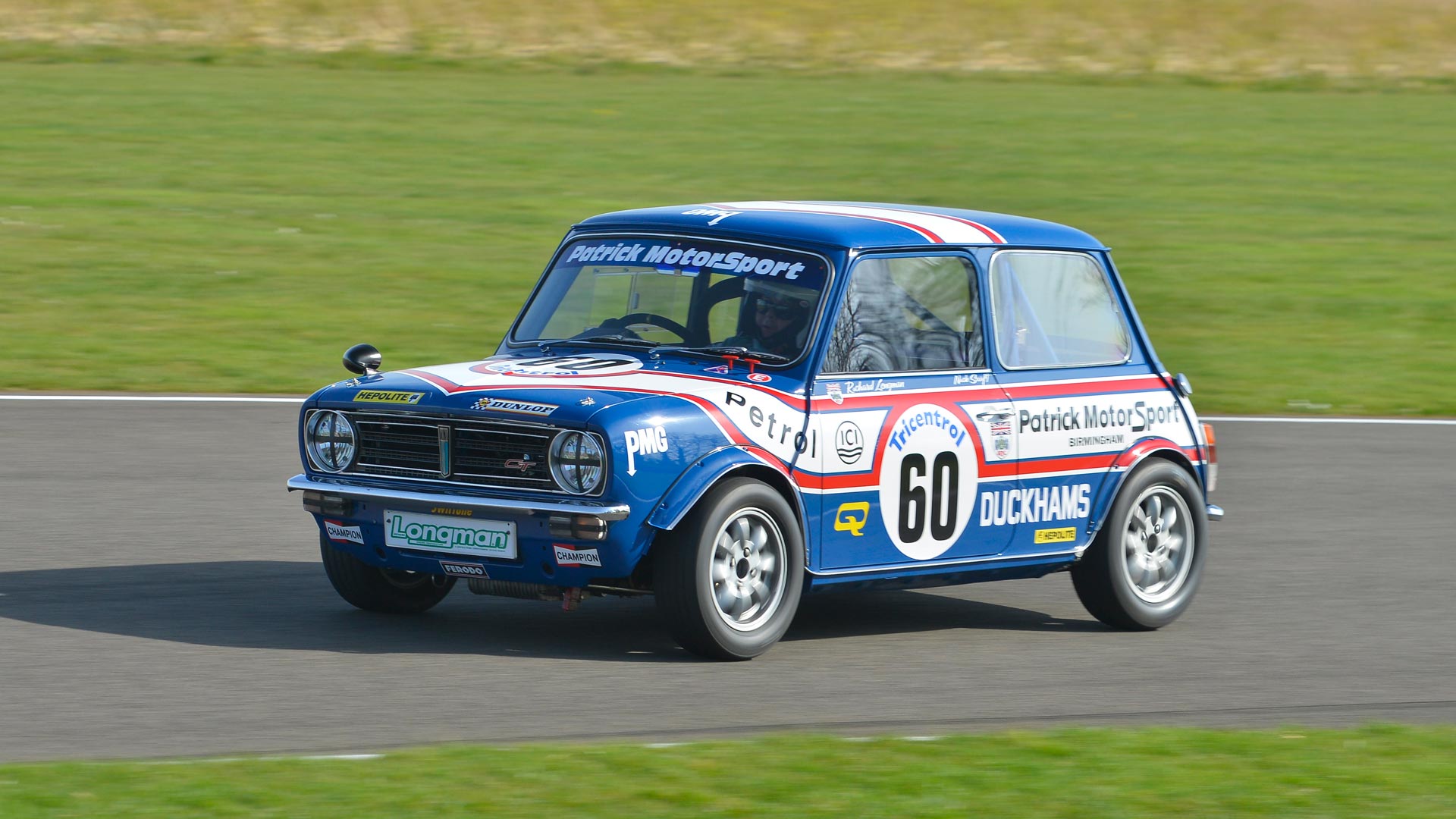
Changes to the BSCC regulations continued throughout the 1960s and ‘70s, with attempts at managing costs and competition. The class system continued, but 1976 saw engines larger than 3.0-litres banned. Instead, it would be cars from Class A, with engines below 1.3-litres, that would be the ones to beat.
Driving a Class A Mini 1275 GT, Richard Longman would dominate the BSCC during the 1978 and 1979 seasons. Of the 24 races contested, Longman’s 1275 GT would emerge victorious in 21 of them.
It also proved that the Mini was still a motorsport contender, even two decades after first entering production.
Rover SD1 Vitesse
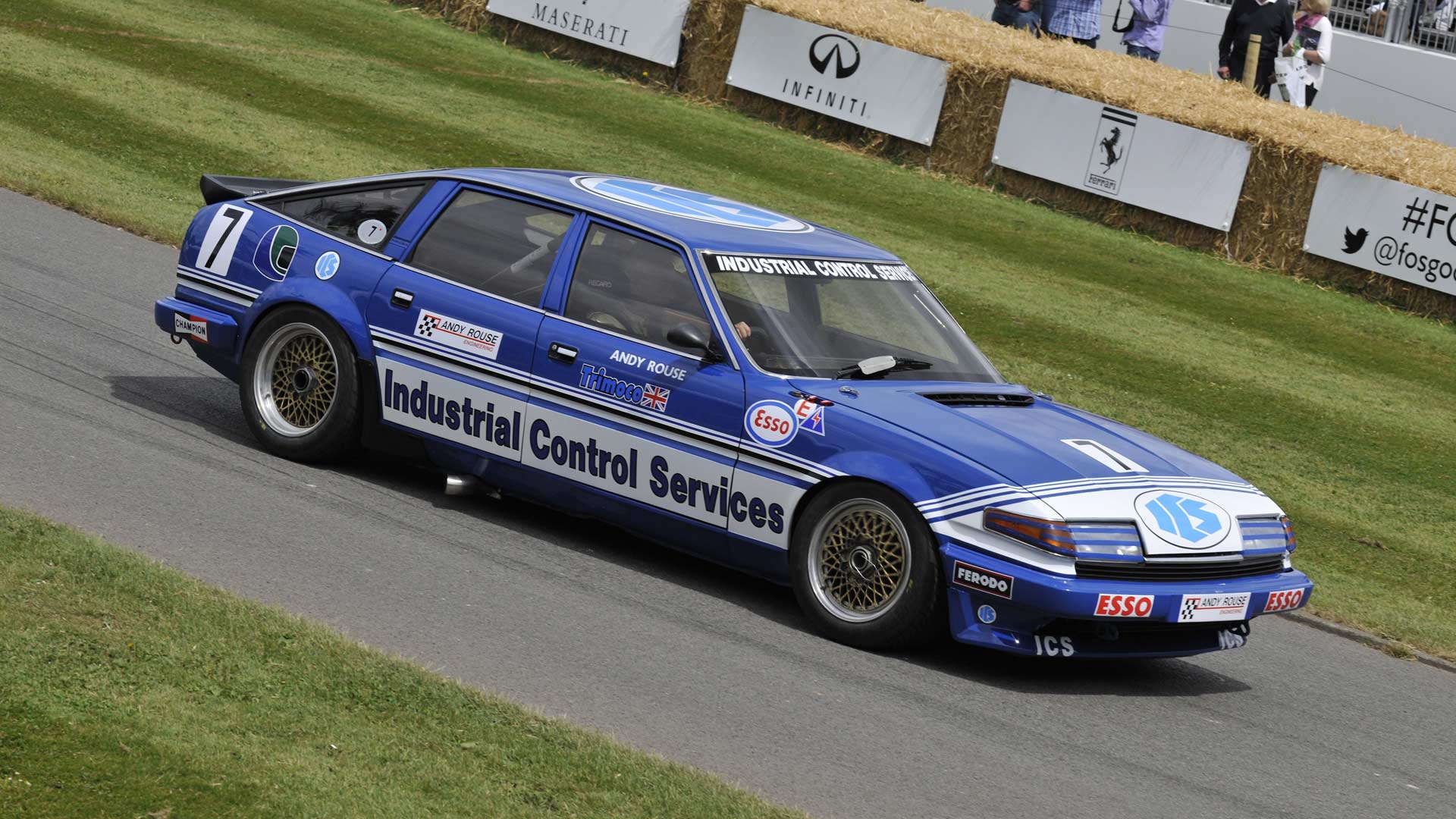
Adopting FIA Group A rules for 1983 meant another raft of changes for those competing in the BSCC. The Rover SD1 Vitesse, run by the TWR team, would emerge as one of the cars to beat in Class A. Being powered by a 350 hp 3.5-litre V8 made the SD1 supremely quick, despite the size of the big Rover.
Steve Soper should have taken championship glory in 1983, but all the TWR Rovers were excluded on a technicality six months after the season ended. The following year would see the SD1 Vitesse firmly within the rules, and on the way to victory.
Andy Rouse would take his third BSCC crown in 1984 driving an SD1 Vitesse.
Toyota Corolla GT Coupe
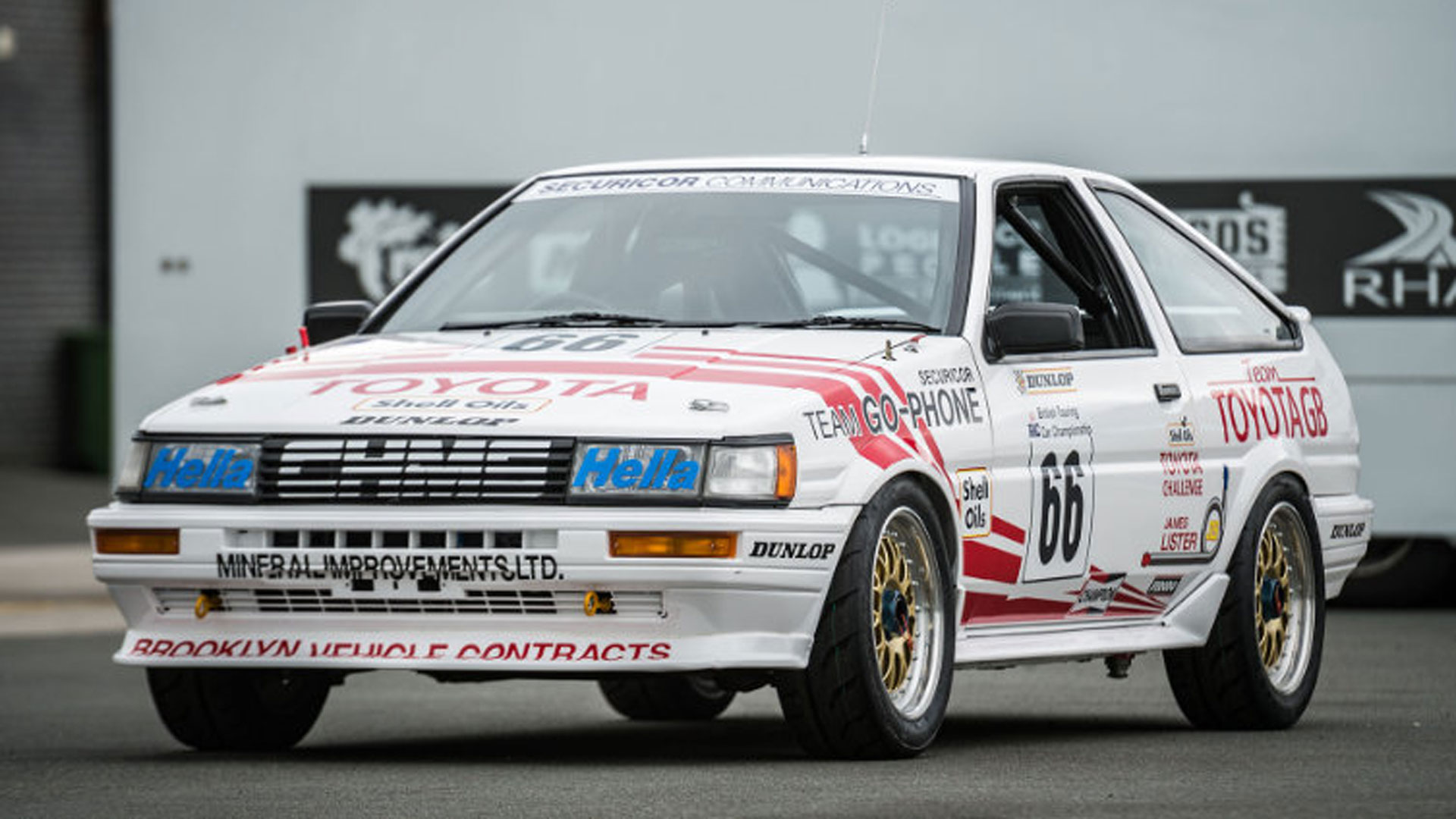
The 1987 season would bring two major changes. A new name created the British Touring Car Championship, whilst turbocharging would become ubiquitous throughout the top Group A competitors.
Yet the overall victory would be taken by a Toyota Corolla GT. Before it became a drifting icon, the AE86 Corolla would take back-to-back championship touring car victories. Chris Hodgetts would drive the high-revving Toyota to both titles, achieving 18 class wins in the two seasons.
Ford Sierra RS500 Cosworth
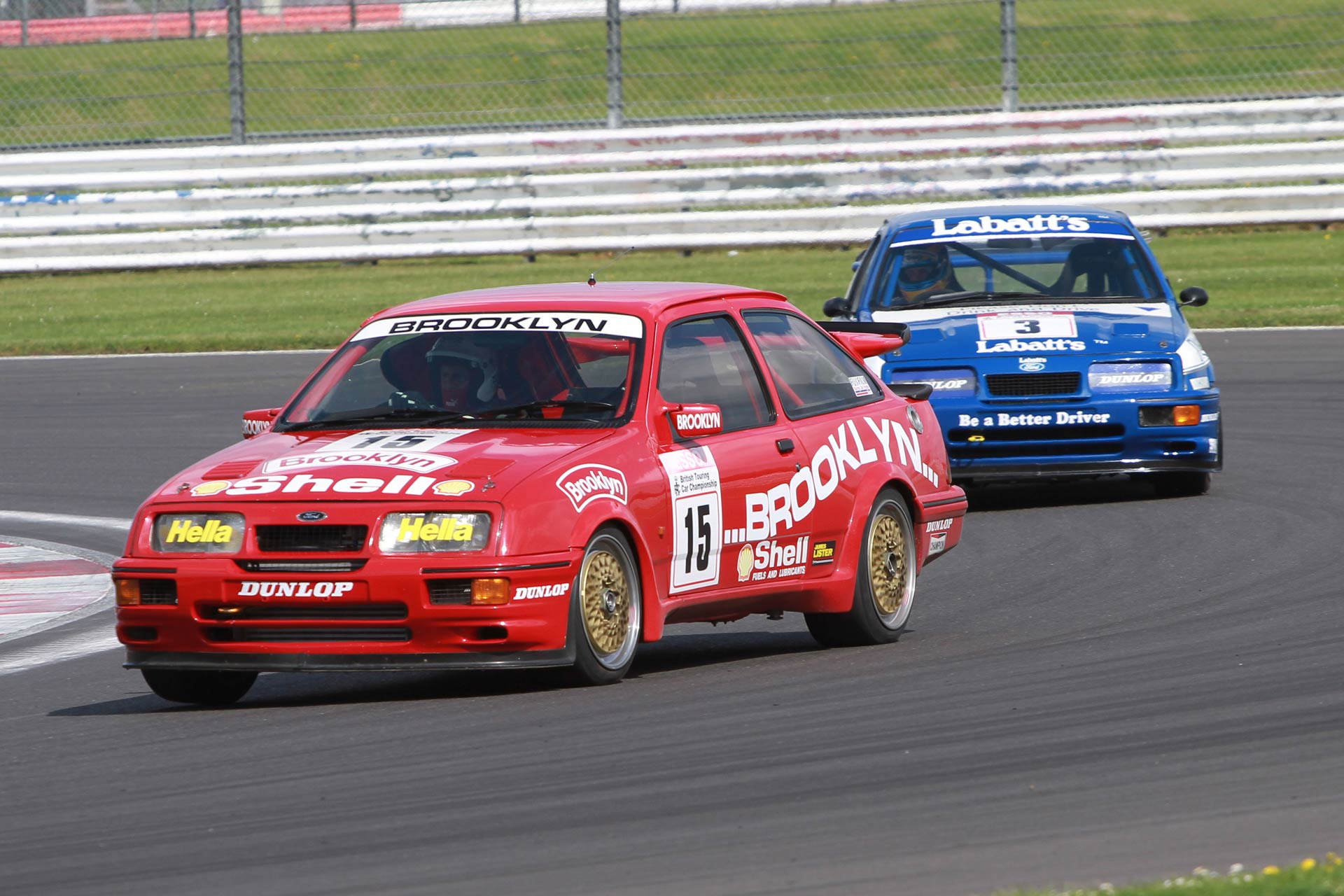
Leading the turbocharged evolution in the BTCC was the Ford Sierra RS500. The horsepower from the flame-spitting 2.0-litre Cosworth engine was considerable, and was matched with downforce aided by the gigantic rear spoiler.
It led to the RS500 becoming the default choice for Group A touring car racing across the globe. The 1990 BTCC season would see 14 RS500s competing, with Robb Gravett taking the overall championship win.
This would also be the final season for the Group A models, with the BTCC moving towards 2.0-litre Super Touring rules.
BMW E30 M3
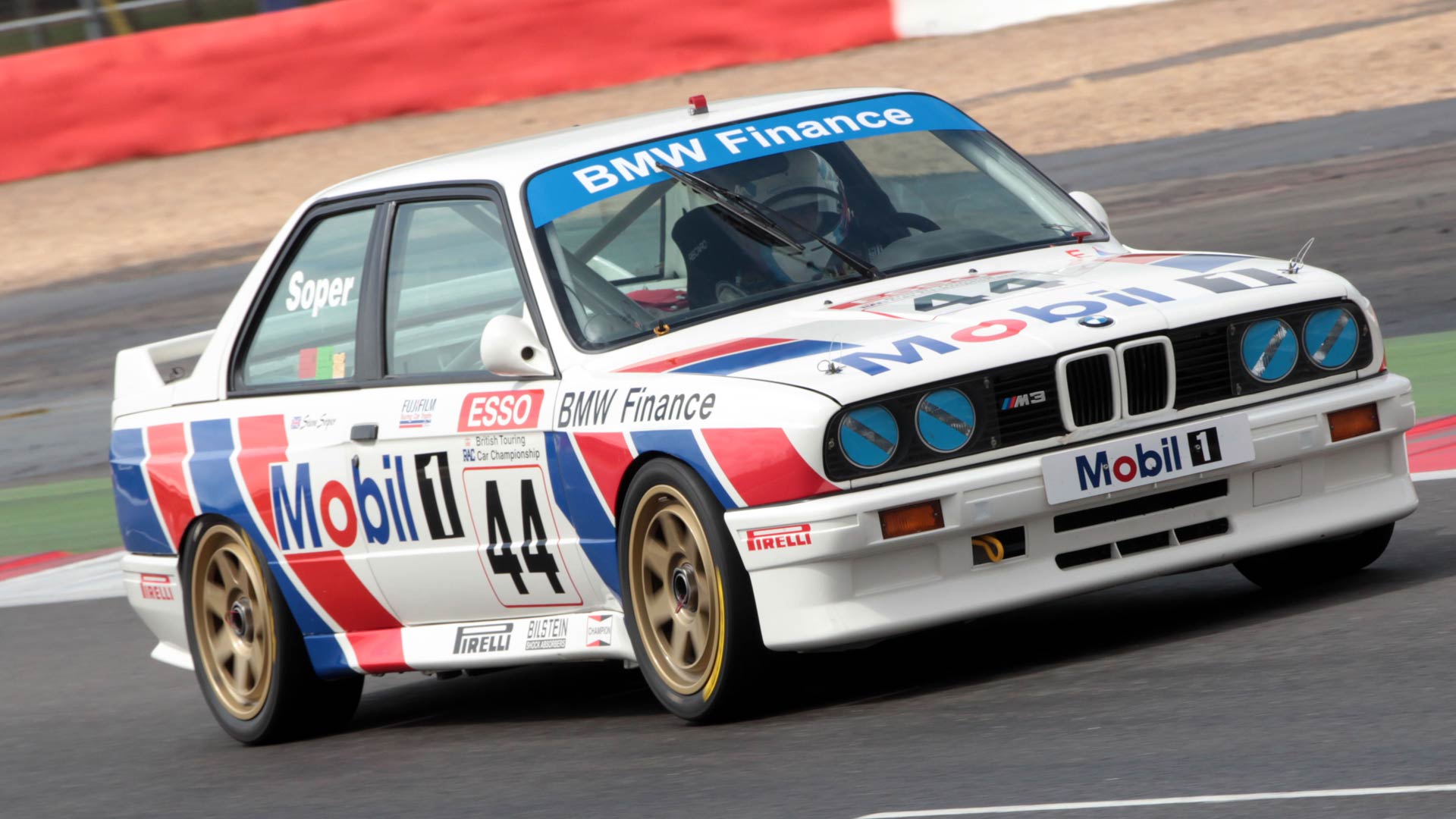
The arch rival to the dominant Ford Sierra RS500 throughout the 1980s was the BMW E30 M3. With a smaller engine, the M3 fell into Group B meaning the naturally aspirated BMW could never challenge for outright victories. Yet the BTCC’s class system meant it was still a contender for championship glory.
With factory-backed M3s prepared by Prodrive, 1988 would see Frank Sytner take the BTCC title. He would take 11 of the 12 Group B victories in the BMW during 1988.
The only other Group B win in 1988 would be taken by Roland Ratzenberger, driving a privately entered M3.
BMW E36 318iS
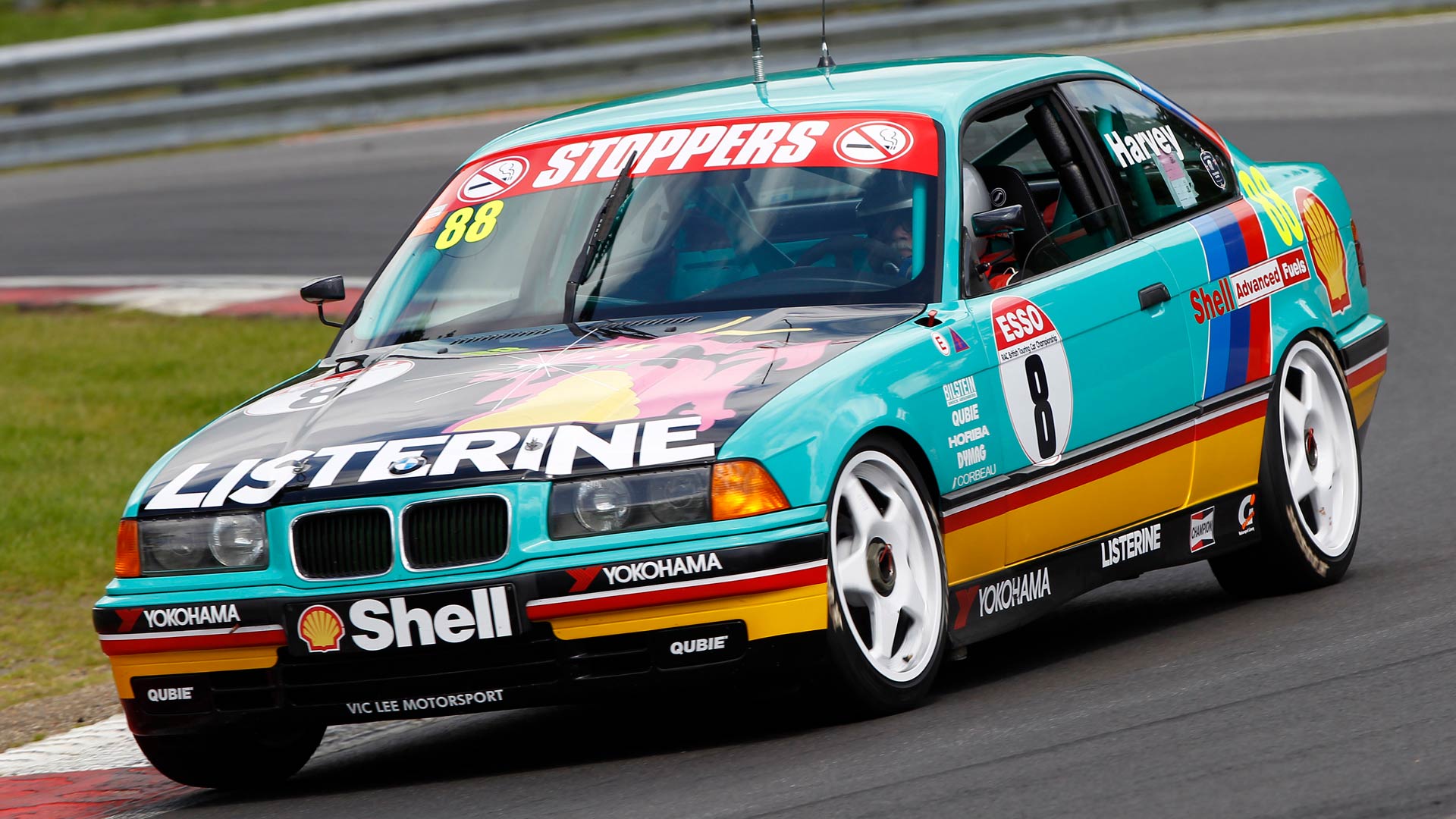
The initial switch to 2.0-litre Super Touring regulations came with no restriction on the number of doors a car could have. It allowed BMW to use the new E36 Coupe as the basis for its BTCC entry, powered by a revised version of the old M3’s engine.
Whilst the package sounded good on paper, it took until late in the championship for the new 318iS to properly make a mark. The semi-works Vic Lee Racing team, featuring Tim Harvey as lead driver, would emerge as title contenders.
A late string of victories saw Harvey nab the BTCC title from Will Hoy and his factory team Toyota Carina E.
Alfa Romeo 155 TS
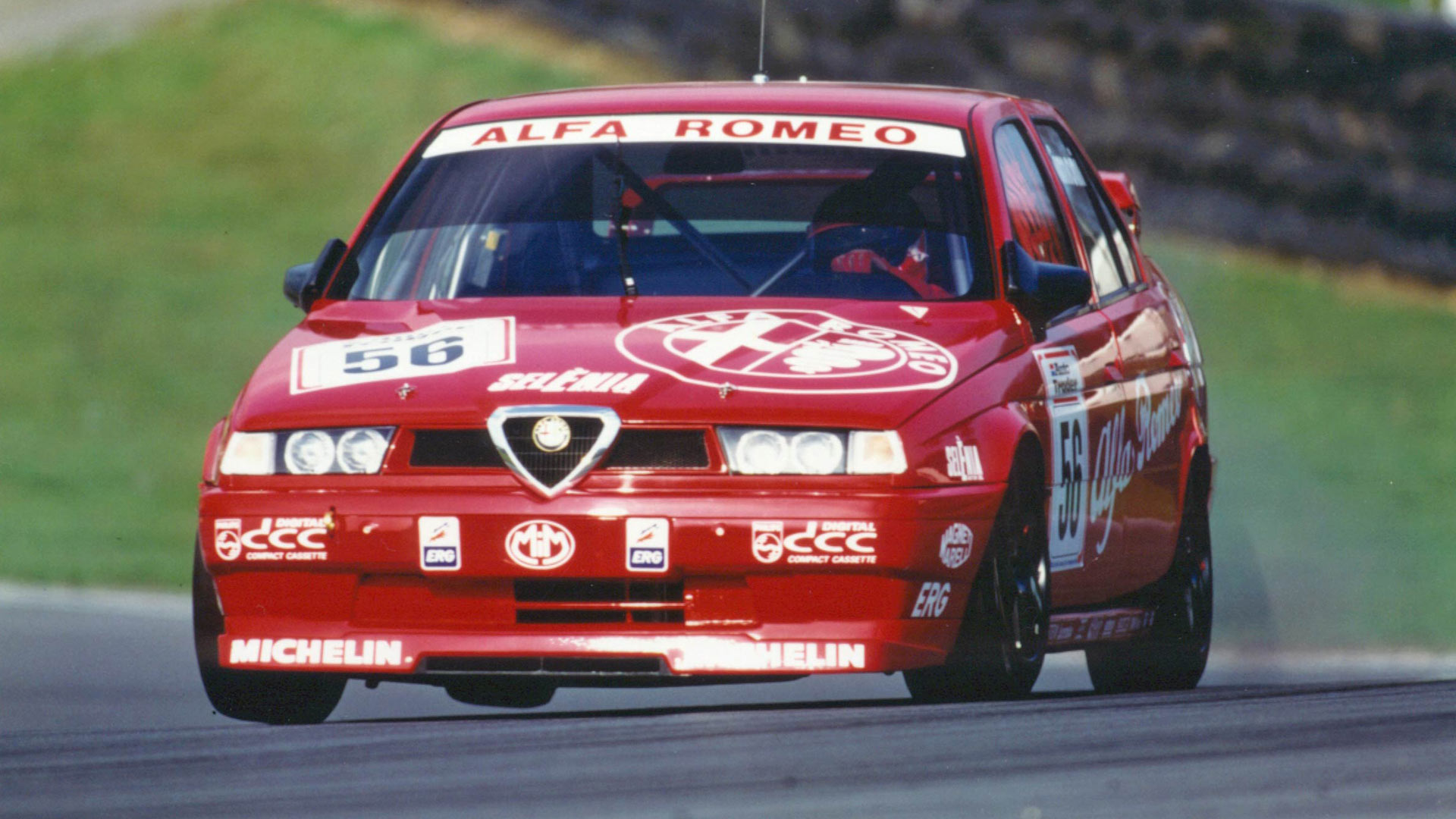
Alfa Romeo’s entry into the 1994 BTCC season would be one of the most controversial moments in the history of the series. The Italian manufacturer had created a special homologation version of the 155 saloon, with 2,500 examples set to be sold for road use. Alfa supplied special aerodynamic enhancements to customers in a kit, with all the parts found in the boot.
Such a liberal interpretation of the rules caused outrage, as did the impressive pace of the brand-new Alfa racers. Protests followed, with the team being told to remove the extra aero elements until an agreement could be reached.
Later in the 1994 season, rules were changed to allow all manufacturers to fit upgraded aero bits. However, this was still not enough to stop Alfa and Gabriele Tarquini taking glory.
Volvo 850 Estate
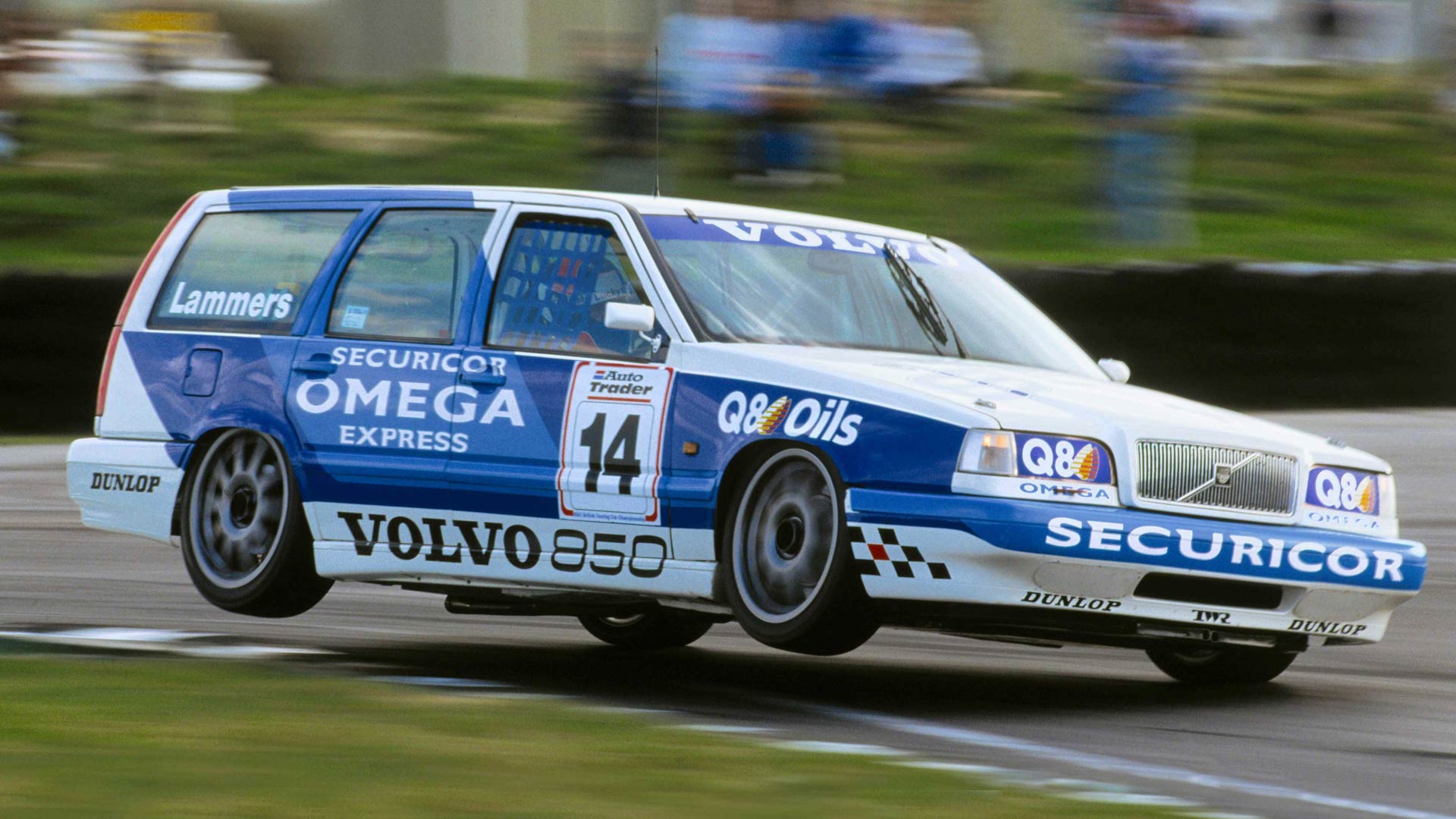
Somehow it does not really matter that fifth place was the best finish the Volvo 850 estate managed in the BTCC. Kept a secret until the first round of the 1994 season, the practical station wagon caused a major surprise.
TWR were responsible for the technical development of the Volvo racers, and had chosen the estate body for racing reasons. It had proven to be more aerodynamically efficient than the 850 saloon, with the novelty factor an added PR bonus.
The rule changes created by Alfa Romeo’s aero experiments meant the 850 estate would be dropped for 1995. Instead, TWR would field the 850 saloon, fitted with extra wings and spoilers.
Audi A4 quattro
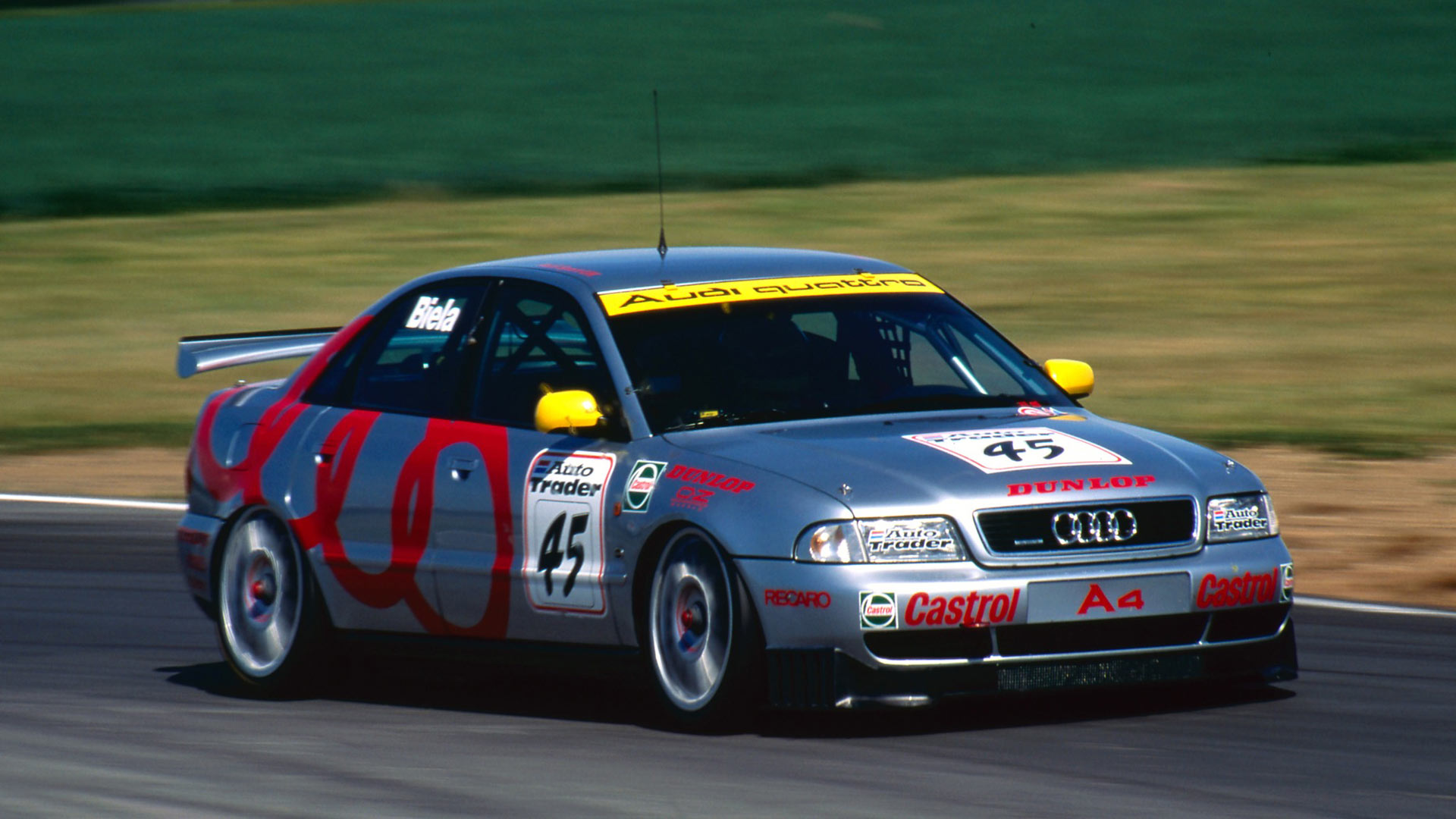
A growing domestic fanbase and an international television audience saw the BTCC become a rival to Formula One as the motorsport for manufacturers to be seen in. That the cars resembled those sold to paying customers was a huge bonus in demonstrating how good their products were.
Audi’s entry into the 1996 BTCC season was part of the company’s transition from left field choice to mainstream brand. The new A4 saloon, with quattro four-wheel drive, would be the car to beat in 1996, especially when the weather turned wet. Having ace driver Frank Biela certainly helped, too.
Protests led to the A4 being partially hobbled with an additional weight penalty, but the car was still good enough for Biela and Audi to take title glory. The 1997 season would see an extra weight penalty added to the A4 quattro.
Renault Laguna
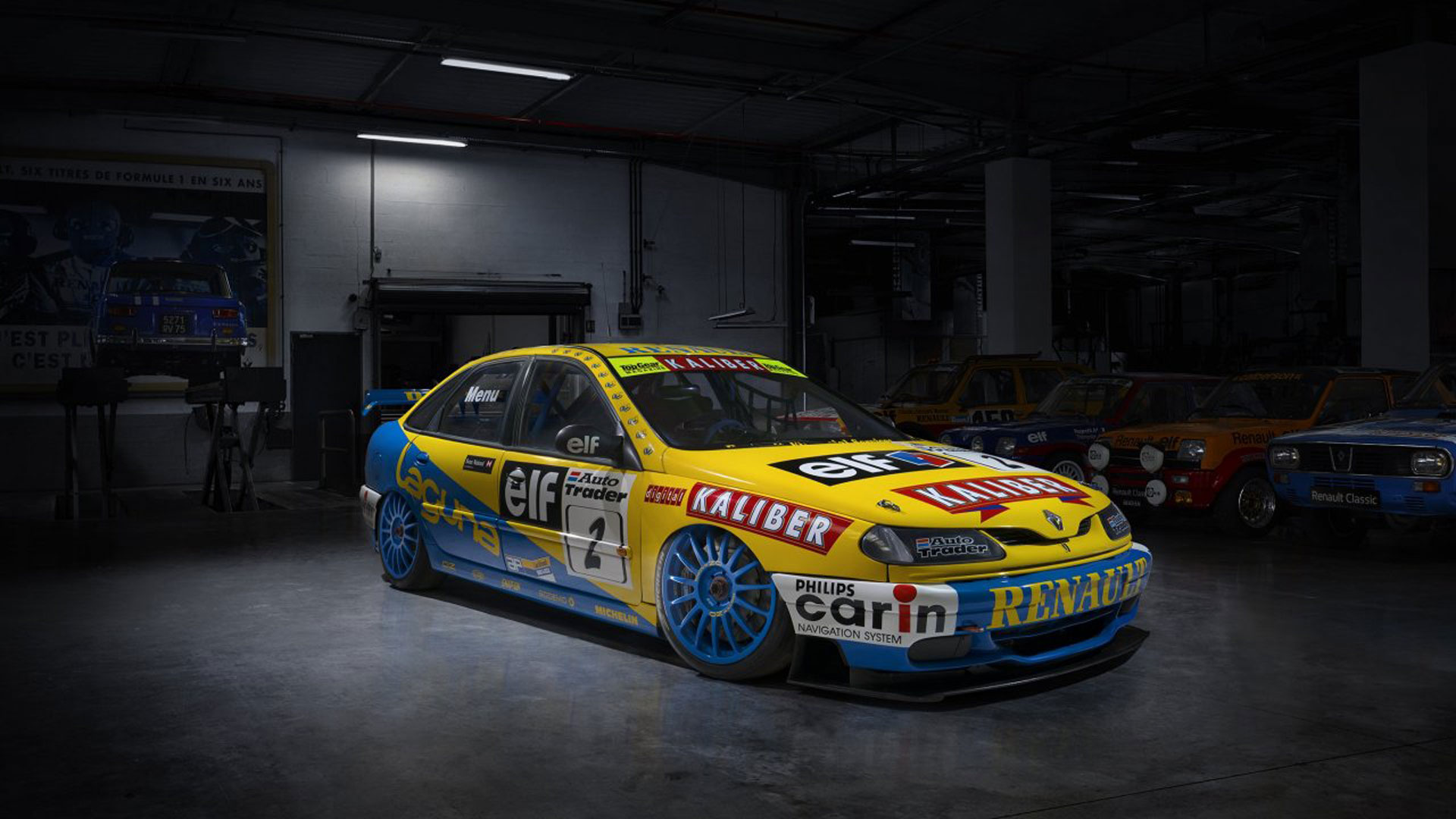
The extra weight for the Audi A4 allowed the Renault Laguna, prepared by the Williams F1 team, to emerge as the car to beat in 1997. That the company was using a Formula One outfit to prepare cars for domestic competition proved just how huge the BTCC had become.
Teams would use their vast budgets to stretch technical regulations to breaking point. The result was a grid filled with cars with a decreasing resemblance to those in the car parks around them.
Alain Menu would set a new record by winning 12 races throughout the season, driving the Laguna to 1997 BTCC success.
Honda Accord
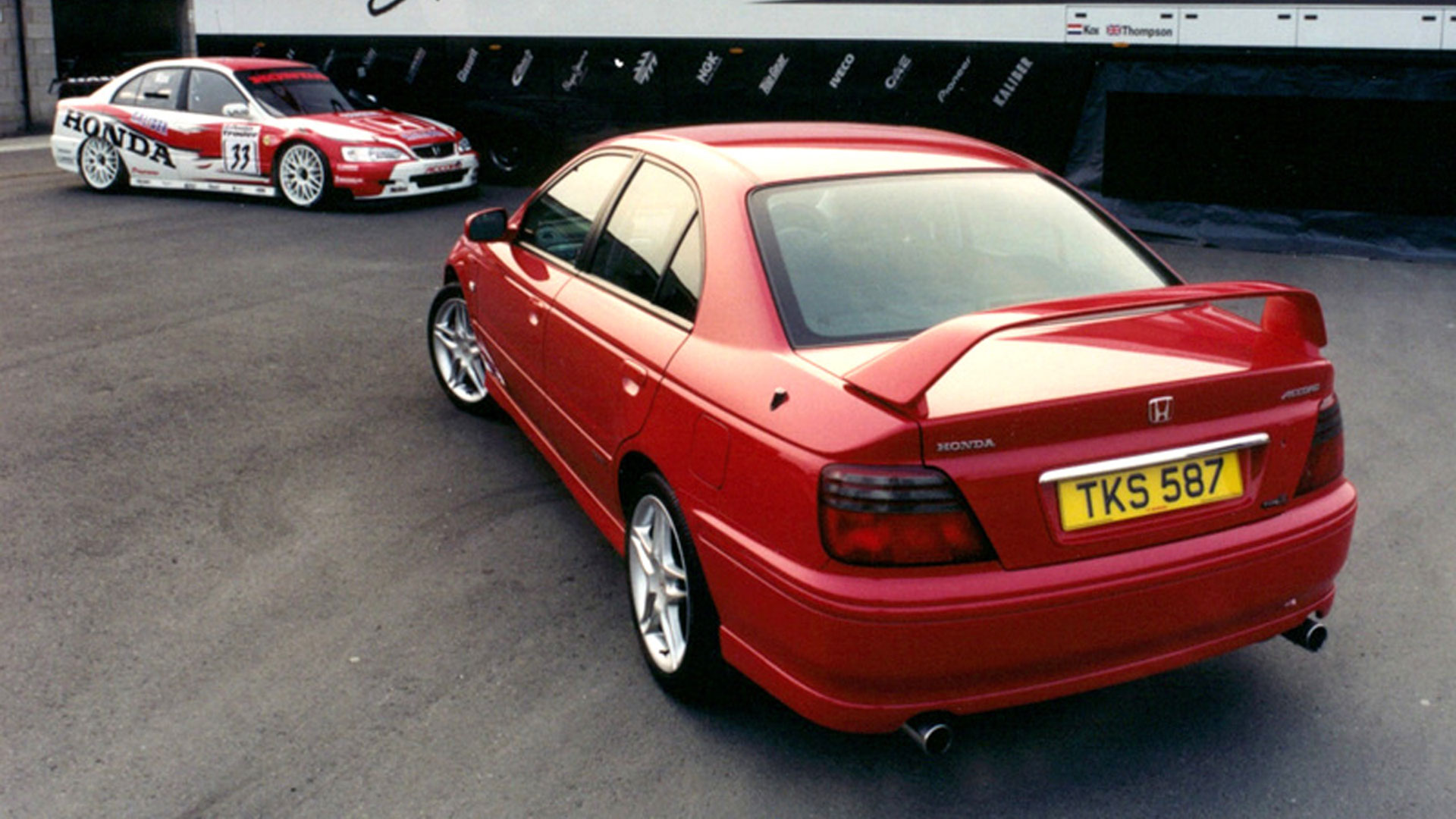
Launched in 1998, the Honda Accord Type-R would be one of the few cars that maintained something of a tangible link with its BTCC brother. Powered by a high-revving naturally aspirated engine, and featuring a giant rear wing, it was perhaps the closest normal drivers could come to a Super Touring experience.
For 1998, the works Honda Accord entries were managed by Prodrive. Yorkshireman James Thompson showed promise with podiums throughout the season, managing third in the BTCC standings with his Honda.
Volvo S40
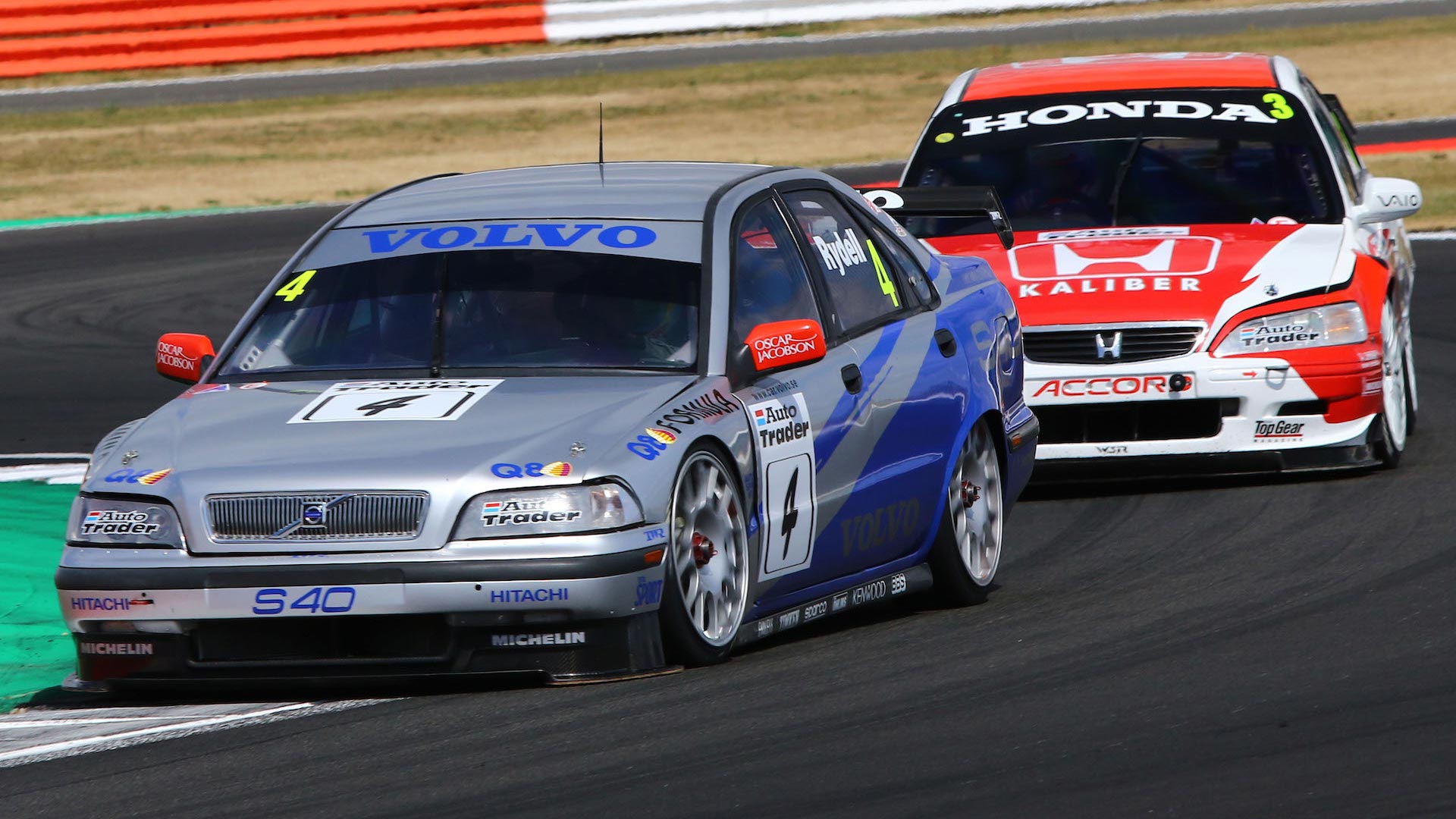
Volvo’s BTCC project culminated in 1998, with Rickard Rydell winning the drivers’ title using the TWR-prepared S40. Rydell would take five race wins throughout the season, as the BTCC adapted to employ a ‘sprint’ and ‘feature’ race structure for each round.
The five-cylinder engine in the S40 meant it sounded like nothing else on the BTCC grid, and helped improve the safety conscious image of the Volvo brand. It led to Volvo withdrawing from the BTCC at the end of 1999, with the company believing it could use its ‘budgets more effectively in other areas’.
Costs for competing in the BTCC began to spiral, as every team searched for new ways to interpret the regulations.
Ford Mondeo
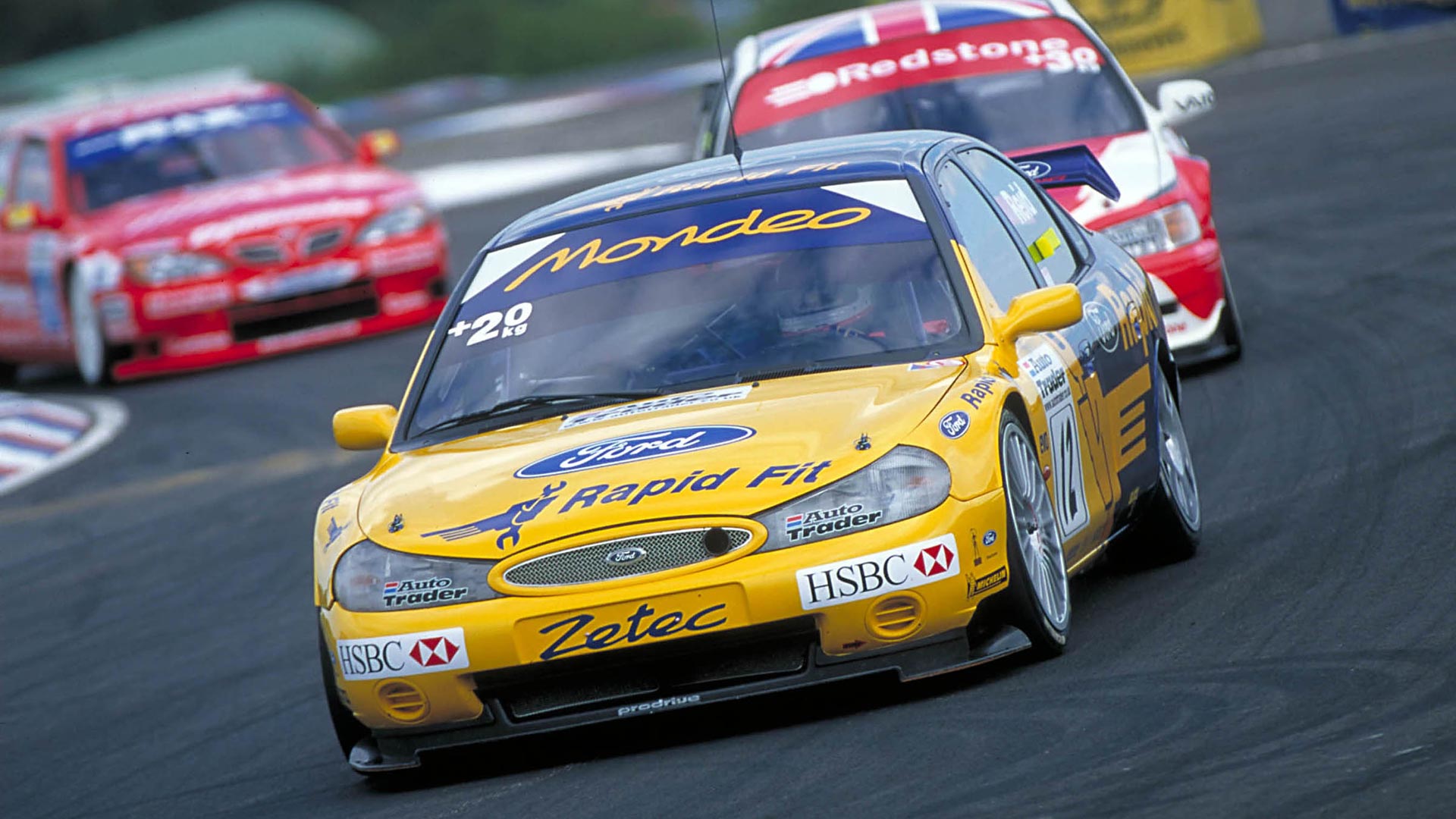
The end of Super Touring came in 2000, with just three manufacturers choosing to enter the BTCC. Ford was challenged by Honda and Vauxhall, with each team fielding three cars. Cheaper, and less powerful, Super Production cars were used to help fill the rest of the grid.
Having used the Mondeo in the BTCC since 1993, Ford was determined to finally take victory. The factory Ford effort, run by Prodrive, is reported to have cost the Blue Oval a considerable £12 million.
This included re-designed cylinder heads for the 2.0-litre V6, made completely from scratch to help extract more power. Hand-built suspension, and custom body panels all added to the cost.
Winning the drivers’, manufacturers’ and even the teams’ championships proved the expenditure to be worthwhile for Ford. But it also signalled the end of Super Touring, and a new direction for the BTCC in its continual evolution.



[…] Retro racers that made BTCC a global success […]
[…] 2002 Jordan Honda EJ12 was raced by none other than two-time Indy 500 winner Takuma […]
[…] to dominate the BTCC in 1994, the Alfa Romeo 155 2.0 TS helped revolutionise the touring car […]
[…] the season, with a Max Verstappen-esque display of force. For a championship built around the promise of equal competition, making changes seemed impossible to […]